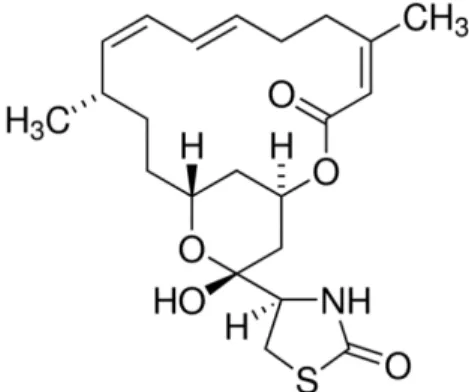http://dx.doi.org/10.12750/JET.2016.31.2.131
INTRODUCTION
Since animal cloning achieved a first success, somatic cell nuclear transfer (SCNT) present ideas for application in many research areas such as regenerative medicine Park et al. 2012.
And animal cloning techniques showed wide variety of applicability for the manufacturing of transgenic animals for research in human Lee et al. 2010. Especially In the pig, transgenic techniques has a potential value for the generation of human diseases model and organs for xenotransplantation Martinez Diaz et al. 2003.
However, SCNT embryos has very poor survival ability and an nasty efficiency of cloned offspring production. Therefore, improvement of the growth of SCNT embryos to the blastocyst stage was needed Martinez Diaz et al. 2003.
SCNT is composed of various stages, including oocytes
collection and IVM and preparation of donor cells, nuclear transfer, cell fusion and activation of reconstructed oocytes, and embryo culture Song et al. 2009. Effectiveness of NT in pigs is influenced by many factors, and post-activation treatment is one of the critical steps that directly impact the developmental capability of SCNT embryos Im et al. 2006.
Because SCNT is not a natural process, some side effects like low calcium concentration and loss of nuclear chromosomes happen. So postactivation process needed to cover these problems.
Firstly because sperms are not enough in NT, activation process is necessary and is generally imitated by enhancing oocyte’s intracellular calcium to resume the metaphase II meiosis Im et al. 2006. In order that activating NT embryos, electric pulse has been commonly used, although the electric pulse makes a single temporary rise in intracellular calcium
Study on Chemicals for Post-activation in Porcine Somatic Cell Nuclear Transfer
Kyuhong Min
1, Seungwon Na
1, Euncheol Lee
1, Ghangyong Kim
1,2, Youngkwang Yu
1, Pantu Kumar Roy
1,2, Xun Fang
1,2, MB Salih
1, Jongki Cho
1,2,*1
College of Veterinary Medicine, Chungnam National University, Daejeon 34134, Republic of Korea.
2
